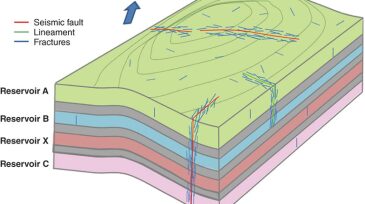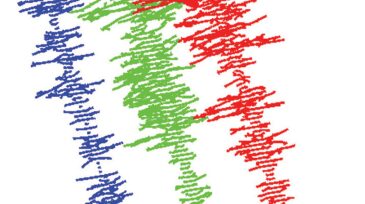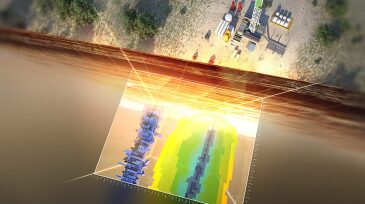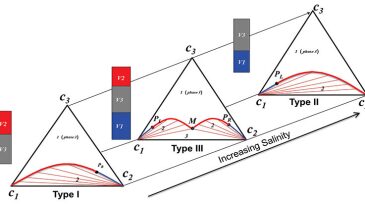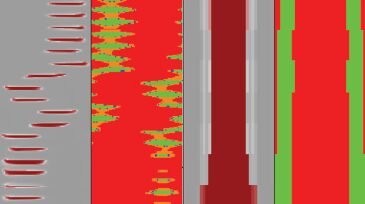Reservoir simulation
This paper presents a fundamental research study with the main objective of building a mechanistic numerical model that captures the important mechanisms of polymer flooding through various mechanistic equations using a combined reservoir flow and geochemical numerical simulator.
The authors of this paper describe reservoir-fluid-geodynamics processes that explain the reasons behind varying oil compositions and properties within and across different reservoir compartments.
In this study, a deep-neural-network-based workflow with enhanced efficiency and scalability is developed for solving complex history-matching problems.
-
Natural fractures can have a significant effect on fluid flow by creating permeability anisotropy in hydrocarbon reservoirs.
-
A radical digital revolution is happening all around us (or so we are told). Applying this to reservoir simulation, we apparently need to understand better when and, more importantly, when not to use such technology—to appreciate its bounds, its limitations, its range of validity, and so on.
-
SponsoredA Midland Basin case study on estimating production, drainage volume, and interference from multiple stacked wells.
-
An ensemble-based 4D-seismic history-matching case is presented in the complete paper. Seismic data are reparameterized as distance to a 4D anomaly front and assimilated with production data.
-
In the complete paper, the authors propose a novel method to rapidly update the prediction S-curves given early production data without performing additional simulations or model updates after the data come in.
-
The aim of this work is to present the effectiveness of a fully integrated approach for ensemble-based history matching on a complex real-field application.
-
One unfortunate consequence of a base-case model, however, is the risk of an anchoring effect, in which case we may underestimate uncertainty. Essentially, the anchoring effect refers to our tendency to rely too heavily on the information offered, introducing a bias in the model-construction process
-
The complete paper presents a new three-phase relative permeability model for use in chemical-flooding simulators.
-
The complete paper discusses the advancements in mud-displacement simulation that overcome the limitations of the previous-generation simulator and provide a more-realistic simulation in highly deviated and horizontal wells.




